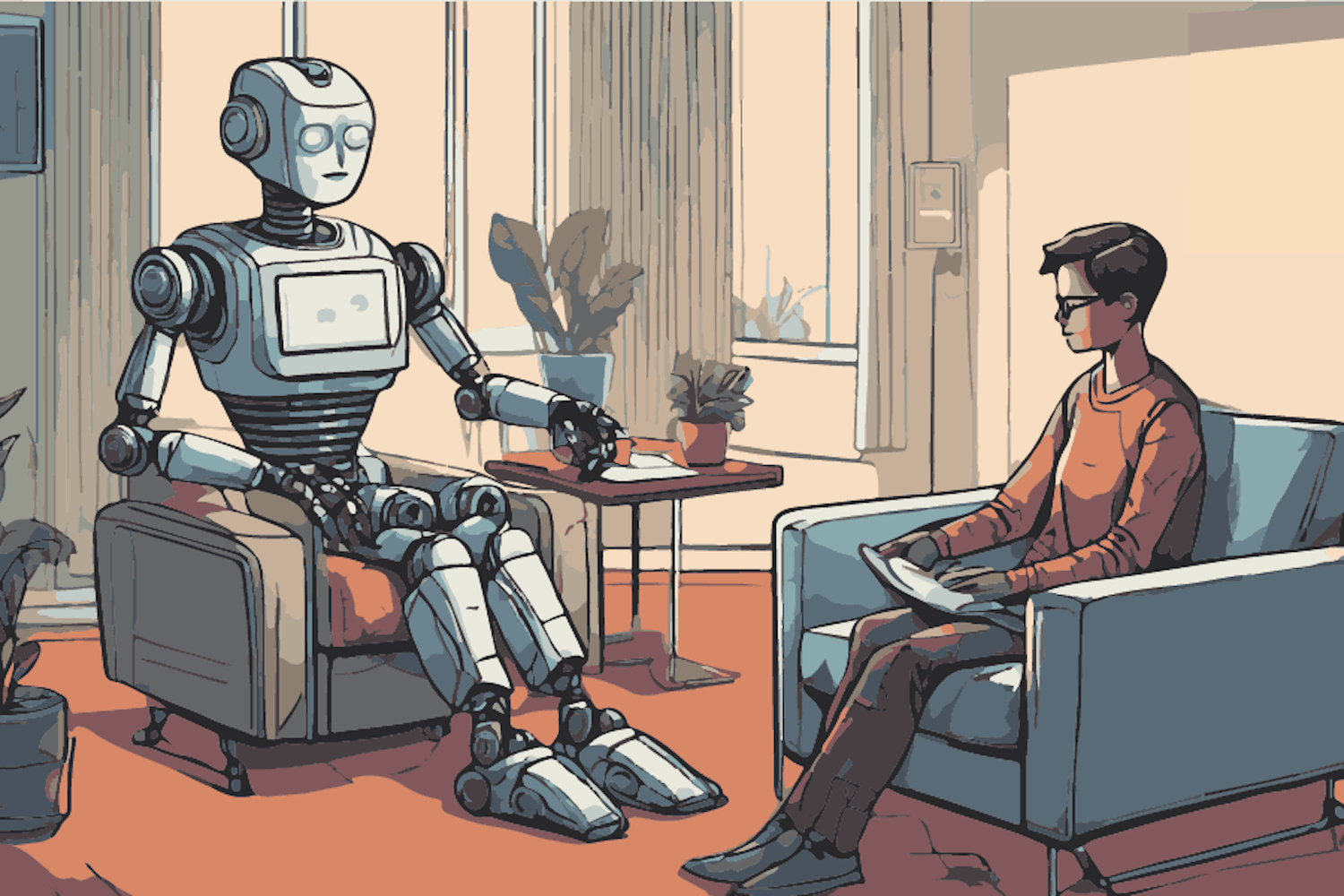Over the weekend, Harold White of NASA’s Johnson Space Center announced that faster-than-light travel is now more feasible with warp drives. Any claim of this easier warp travel is demonstrably false at worst and gravely misleading at best.
Let me explain why.
Space travel is hindered by the vast distances between Earth and astronomical bodies within and outside our solar system. The universe has its own speed limit, which prevents any object from moving faster than about 3 million meters per second.
Warp drives are able to bypass the universe’s speed limit by compressing the space and time around a traveling object, consequently decreasing the distance between locations. Space travel becomes quicker, in the same way that travel from Los Angeles to New York City would become quicker if we could shrink the size of the U.S.
The amount of energy it would take to compress space and time would nearly make warp drive impossibly difficult. Previous estimates for the pure energy required to achieve warp travel were equivalent to the entire mass-energy of a planet the size of Jupiter, or about 1.74 x 10^44 Joules. The Sun would need to emit the same amount of energy every year for 100 billion years to yield enough energy for warp travel.
But NASA announced this past weekend that by utilizing a different warp geometry — space time compressed into the shape of a doughnut, instead of a sphere — the energy required to achieve warp speed could be as little as the mass-energy of the 722 Kg Voyager-1 spacecraft.
This is clearly much less than previously estimated, but various news organizations, such as Wired, Discover Magazine, Yahoo and even Space.com, have presented these findings as something that could be possible sometime in the near future. They might as well be flat-out lying to their readers.
To assume that such a massive amount of pure energy could be contained, controlled and consumed by a single space vessel is beyond rational thought. If practical space-time compression were even possible, it would likely be at least centuries in the future.
The energy contained in the mass of Voyager-1 is about 6.5 x 10^19 Joules, which is equivalent to the blast energy of 1.3 million nuclear bombs of the same yield as the one dropped on Hiroshima. That’s the amount of electrical energy the entire planet consumes every year according to the CIA Factbook.
This isn’t like when Kennedy declared we would set foot on the Moon in a decade. This is more like a caveman saying the same thing 50,000 years ago. The technology for warp travel is far beyond us and that’s the unfortunate truth.
The thought of space travel makes everyone hopeful, and advances like these inspire future generations of scientists to make the impossible possible.
But for now, warp drive remains impossible, and as often as science is inspirational, it must remain honest. It is quite possible mankind will never achieve the kind of space travel seen in science fiction, but pretending to be close to achieving our goal of astronomical exploration doesn't actually make it so.
It is important that we reach for these seemingly impossible goals, but we must expect to commit ourselves to these endeavors for the long haul.
Reach the columnist at jacob.evans@asu.edu or follow him at @jacobevansSP.



